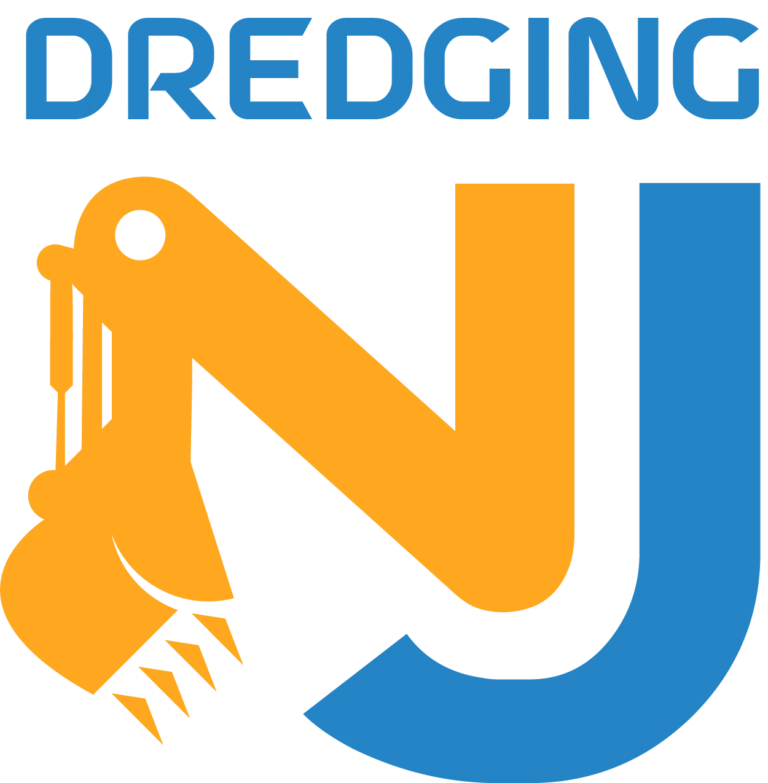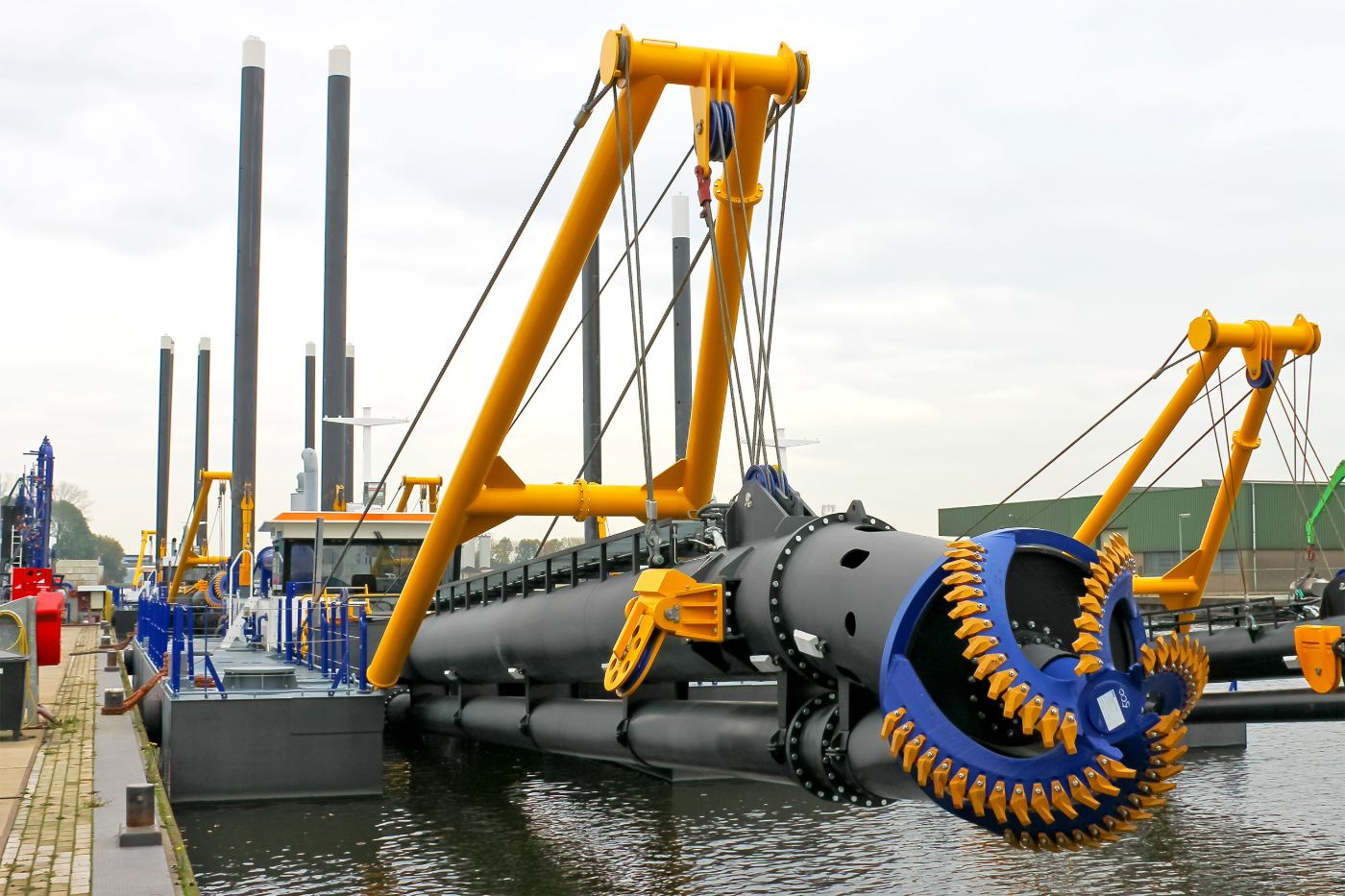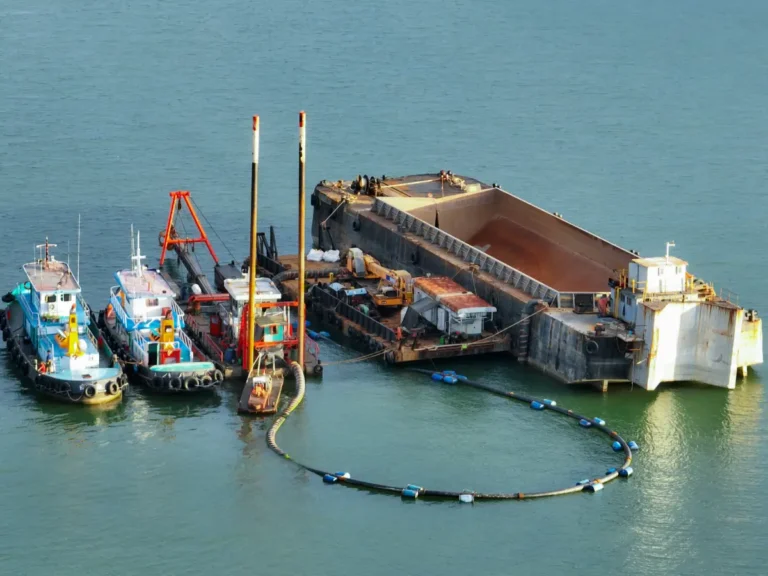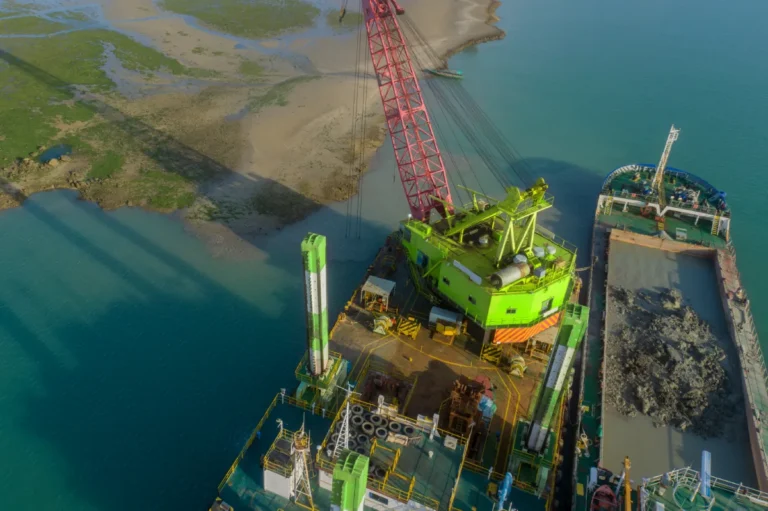For contractors involved in sediment removal, shoreline restoration, or infrastructure development, choosing between renting and purchasing dredging equipment is a critical financial and operational decision. The right choice can influence everything from cash flow and compliance to project efficiency and overall profitability. This article provides a detailed cost-benefit analysis of dredge rental versus ownership, exploring key considerations like dredge rental cost, maintenance, logistics, project duration, and tax implications. Whether you’re managing small pond projects or large-scale industrial operations, understanding the advantages and trade-offs of each option can help you make an informed investment.
Types of Dredging Equipment Contractors Commonly Use
Contractors today have access to a wide range of dredging equipment tailored to diverse project needs across sectors such as construction, mining, environmental cleanup, and municipal water management. From large-scale sediment removal in harbors to small pond cleanouts, selecting the right equipment is critical for performance and cost control.
On the industrial end, cutter suction dredges and submersible slurry pumps are often used for deep excavation and continuous dredging in high-volume environments. These machines are well-suited for long-term operations where high throughput is required. For mid-sized and municipal projects, dredge sleds and hydraulic dredges are commonly used due to their portability and moderate output capacity. In smaller, more controlled environments—such as golf course ponds, lagoons, and residential water bodies—contractors often rely on compact solutions like portable dredgers or mini-excavators equipped with pump attachments.
The size and complexity of the project directly impact the equipment choice. A large-scale construction site dealing with abrasive slurries will demand a more robust and durable system than a shallow pond cleanup. This distinction also affects the overall dredge rental cost, as more powerful machines typically come with higher operational expenses.
Fortunately, both purchase and dredge rental options are available across these equipment categories. For short-term or one-time projects, contractors often choose pond dredge equipment rental to minimize capital investment while still achieving efficient sediment removal. Meanwhile, long-term users may weigh the cost-benefit of ownership versus recurring rental fees. In either case, understanding equipment types is essential to managing dredging efficiency, compliance, and total project cost.
Upfront Financial Considerations
One of the most significant differences between renting and purchasing dredging equipment lies in the initial financial commitment. Buying a dredge outright involves a substantial capital expenditure, often reaching into the hundreds of thousands of dollars, depending on the type, size, and customization of the unit. This upfront cost can strain cash flow, especially for small and mid-sized contractors managing multiple projects or limited budgets.
In contrast, dredge rental offers a far more flexible and accessible entry point. By avoiding the burden of a large one-time purchase, contractors can allocate resources more efficiently across labor, logistics, and other project demands. The dredge rental cost is typically calculated on a daily, weekly, or monthly basis, allowing contractors to match expenses directly with project timelines. This pay-as-you-go model is particularly appealing for short-term or seasonal work, where owning equipment may not be financially justifiable.
For contractors handling small-scale dredging projects, such as pond cleanouts or residential waterway maintenance, pond dredge equipment rental provides a cost-effective solution. It eliminates the need for long-term storage, transport logistics, and depreciation management while still delivering reliable equipment performance. Ultimately, rental enables greater budget control and helps contractors stay competitive without sacrificing capability.
Long-Term Ownership Costs
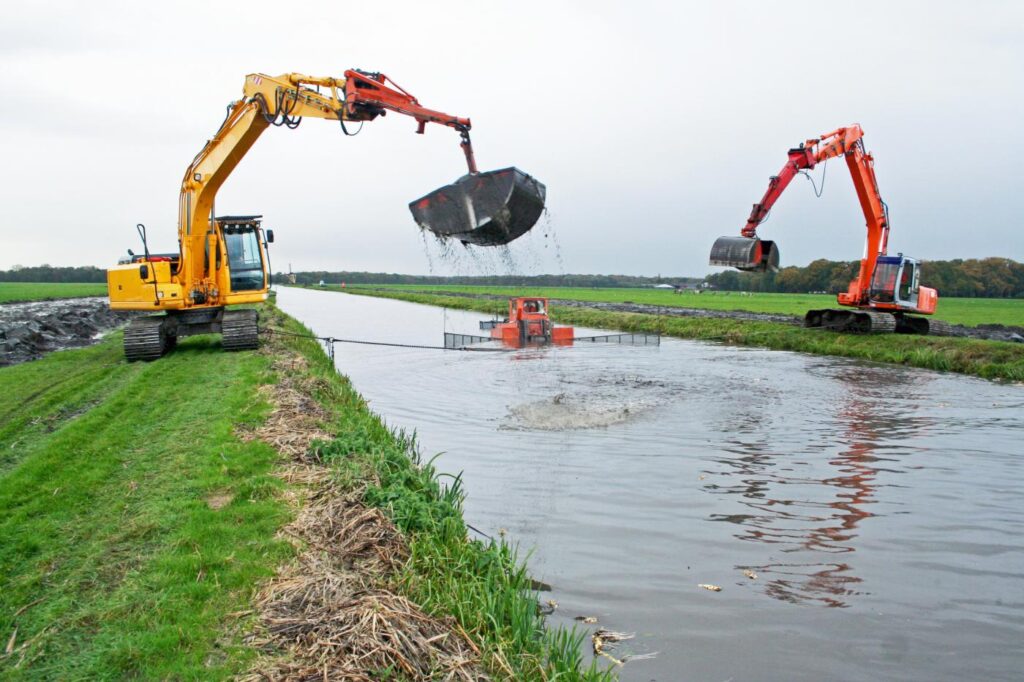
While purchasing dredging equipment may seem like a smart long-term investment, it comes with a series of recurring costs that can significantly affect profitability over time. Beyond the initial purchase price, owners must budget for ongoing expenses such as equipment storage, insurance coverage, scheduled maintenance, and eventual replacement due to wear and tear. These costs are often underestimated during the planning phase but can add up quickly, especially for larger or specialized dredging systems.
Storage alone can be a challenge, particularly for contractors without dedicated space to house bulky machinery between projects. Insurance premiums also increase with the value and risk profile of the equipment. In addition, periodic servicing, spare parts, and technician labor are necessary to keep the equipment in operational condition, which further adds to the long-term financial load.
When compared to the structured and predictable nature of dredge rental costs, ownership becomes less appealing for contractors with irregular dredging needs. Dredge rental eliminates the burden of maintenance and storage, offering a streamlined cost model that’s easier to plan around. For smaller-scale tasks, such as pond restoration or localized sediment removal, pond dredge equipment rental delivers the performance needed without the hidden costs associated with ownership, allowing contractors to retain more of their project margins.
Project Duration and Frequency of Use
The decision between renting and purchasing dredging equipment is often shaped by how long and how frequently the equipment will be used. For contractors involved in ongoing dredging operations, such as large-scale mining, harbor maintenance, or long-term infrastructure development, purchasing equipment may become financially practical over time. In such cases, the high initial investment is offset by continuous use, allowing the cost per project to decrease as the equipment is utilized more frequently.
However, for short-term or irregular projects, the economics shift considerably. Many contractors manage seasonal work, one-off dredging contracts, or specialized projects with limited durations. In these situations, the total dredge rental cost often proves to be far more economical than the cumulative expenses associated with ownership. The ability to scale equipment usage based on project length without the overhead of year-round maintenance or storage makes dredge rental a preferred option.
This is particularly relevant for small to mid-sized contractors tasked with pond cleanouts, sediment removal in stormwater basins, or other niche applications. In such scenarios, pond dredge equipment rental allows them to complete the job efficiently while avoiding the long-term financial burden of underutilized assets. By aligning equipment access with actual usage, contractors can maintain cost control and maximize operational flexibility.
Equipment Maintenance and Repairs
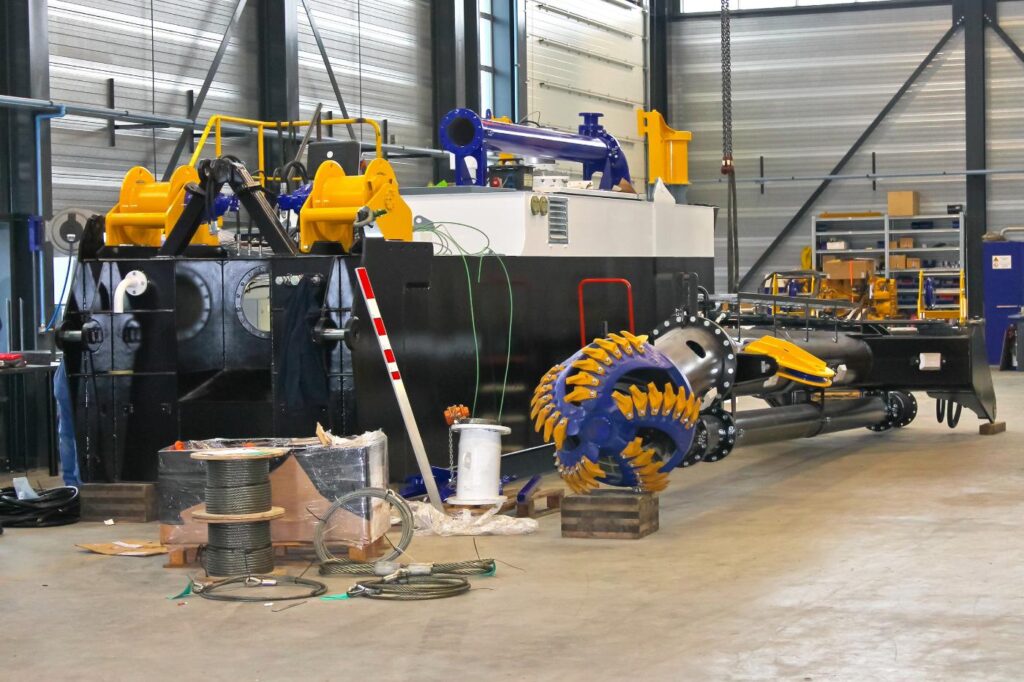
Owning dredging equipment requires a serious commitment to maintenance and repairs. Over time, pumps, hoses, and mechanical components are subject to wear, especially when handling abrasive materials like sand, sludge, or sediment. Contractors must establish regular maintenance schedules, budget for replacement parts, and allocate labor or technician hours to keep the equipment in working condition. Any lapse in upkeep can result in unexpected breakdowns, project delays, and increased downtime, all of which negatively impact profitability.
In contrast, dredge rental agreements typically include comprehensive maintenance support. Equipment is serviced before each rental term, reducing the likelihood of failures during operation. If an issue does arise, rental providers often offer fast replacements or on-site assistance, ensuring minimal disruption to project timelines. This built-in support significantly lowers the operational risk, especially for contractors who may not have dedicated mechanics or maintenance staff.
For smaller-scale projects or one-time jobs, such as pond restoration or sediment removal in confined areas, pond dredge equipment rental provides an added layer of assurance. With maintenance responsibilities handled by the rental provider, contractors can focus on execution rather than troubleshooting. This streamlined approach not only improves efficiency but also contributes to a more predictable and manageable dredge rental cost, free from the hidden expenses of ownership-related downtime.
Access to Modern Technology and Support
Keeping up with advancements in dredging technology can be a challenge for contractors who purchase and own their equipment. Innovations in pump efficiency, remote monitoring, and low-turbidity dredging systems continue to evolve, making older models quickly outdated. Rental providers, on the other hand, routinely update their fleets to meet industry demands, safety regulations, and performance expectations. This ensures contractors have access to the latest technology without the financial strain of continuous equipment upgrades.
Another advantage of dredge rental is the availability of built-in technical support. Most rental agreements include access to trained technicians who can assist with equipment setup, troubleshooting, and operational best practices. Many providers also offer operator training to ensure the team on-site can run the dredge safely and effectively. This level of support is especially valuable for teams unfamiliar with specific models or technologies.
For projects that require quick deployment, such as small-scale cleanouts or urgent environmental work, pond dredge equipment rental offers an efficient path to execution. With expert guidance and user-friendly systems, onboarding time is drastically reduced, and error rates decrease. This not only speeds up project timelines but also helps contractors get more value from their dredge rental cost, making rental a smarter, more streamlined option for many operations.
Storage, Transportation, and Logistics
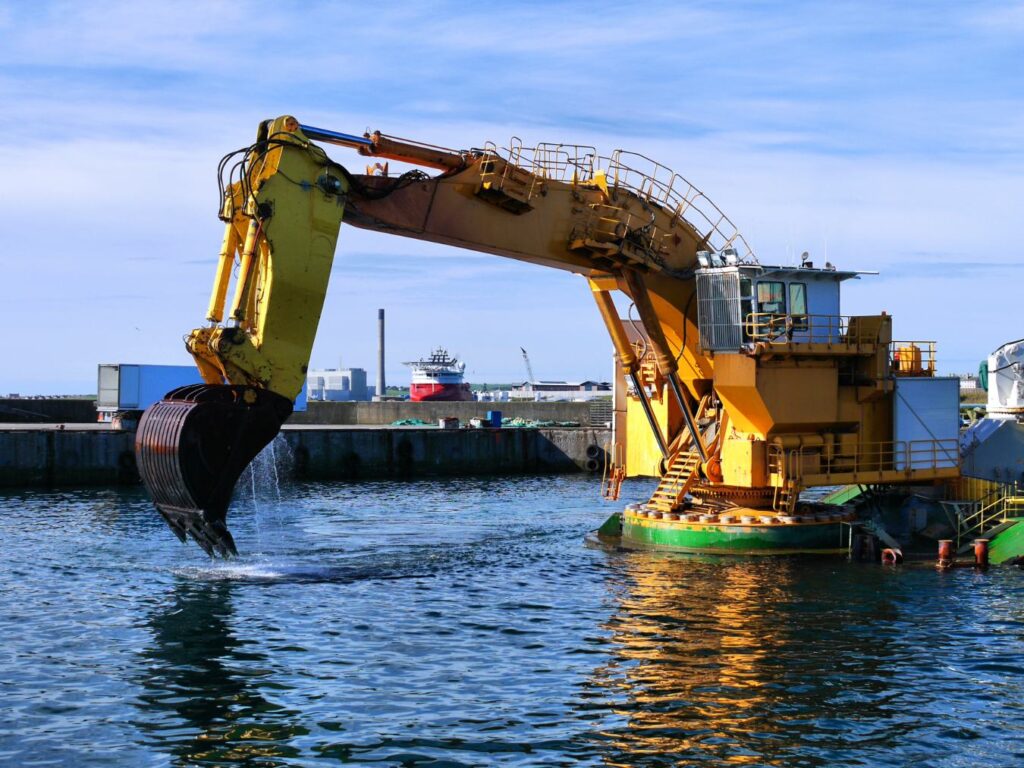
Owning heavy dredging equipment comes with substantial logistical responsibilities. These machines are not only large and difficult to transport but also require secure, weather-protected storage when not in use. Coordinating transportation to and from job sites can be time-consuming and expensive, often requiring specialized trailers, permits, and skilled operators. For contractors managing multiple or remote projects, these logistics can quickly become a drain on both time and budget.
In contrast, dredge rental providers typically offer end-to-end logistical support. Delivery, setup, and equipment retrieval are often included or available as part of the rental agreement. This eliminates the need for contractors to manage complex transportation arrangements or invest in storage facilities between jobs. It also reduces the risk of damage during transit, which can be a concern with owned equipment.
For smaller-scale projects such as pond maintenance or localized sediment removal, pond dredge equipment rental provides an added layer of convenience. Contractors can access the necessary tools without long-term storage concerns or logistical overhead. This operational simplicity not only shortens project lead times but also improves the overall value of the dredge rental cost, making it a practical solution for dynamic, project-based work.
Regulatory and Environmental Compliance
Contractors in the dredging industry must navigate an evolving landscape of environmental and safety regulations. From sediment disposal protocols to turbidity control and emissions standards, non-compliance can result in costly fines, project delays, or even work stoppages. Staying aligned with current regulations requires access to equipment that meets the latest environmental guidelines and operational safety requirements.
Rental providers play a key role in helping contractors remain compliant. Many invest in modernizing their fleets to meet or exceed regulatory standards, ensuring that rented equipment is equipped with up-to-date technology and safety features. This is especially valuable when working in protected ecosystems, water bodies under government oversight, or projects with strict permitting requirements.
Choosing dredge rental over ownership can significantly reduce the risk of running non-compliant machinery. Older purchased equipment may lack modern environmental controls or fail to meet new mandates, requiring costly retrofits or replacement. With pond dredge equipment rental, contractors can quickly deploy compliant tools without long-term capital investment. In addition to streamlining operations, this approach helps control the dredge rental cost by avoiding the hidden expenses of regulatory violations or equipment upgrades.
Financial Planning and Tax Implications
From an accounting perspective, the decision between renting and purchasing dredging equipment has significant implications for financial planning. When contractors purchase equipment, the expense is typically treated as a capital expenditure. This means the cost is depreciated over several years, tying up capital and impacting long-term budget forecasts. In contrast, dredge rental expenses are generally classified as operating costs, which can be fully deducted in the same year they are incurred.
This difference can have a notable effect on cash flow. Renting requires less upfront capital, allowing contractors to preserve liquidity for other operational needs such as labor, materials, or unexpected project adjustments. The predictable nature of the dredge rental cost also simplifies budgeting, as payments are often made on a fixed schedule with no surprises.
For smaller contractors or those working on shorter-term projects, the tax benefits of pond dredge equipment rental can provide a financial edge. Rental expenses can reduce taxable income immediately, improving year-end profitability. These financial advantages make rental an attractive option for companies aiming to stay agile and responsive to shifting project demands without locking up resources in long-term asset commitments.
When to Rent and When to Buy
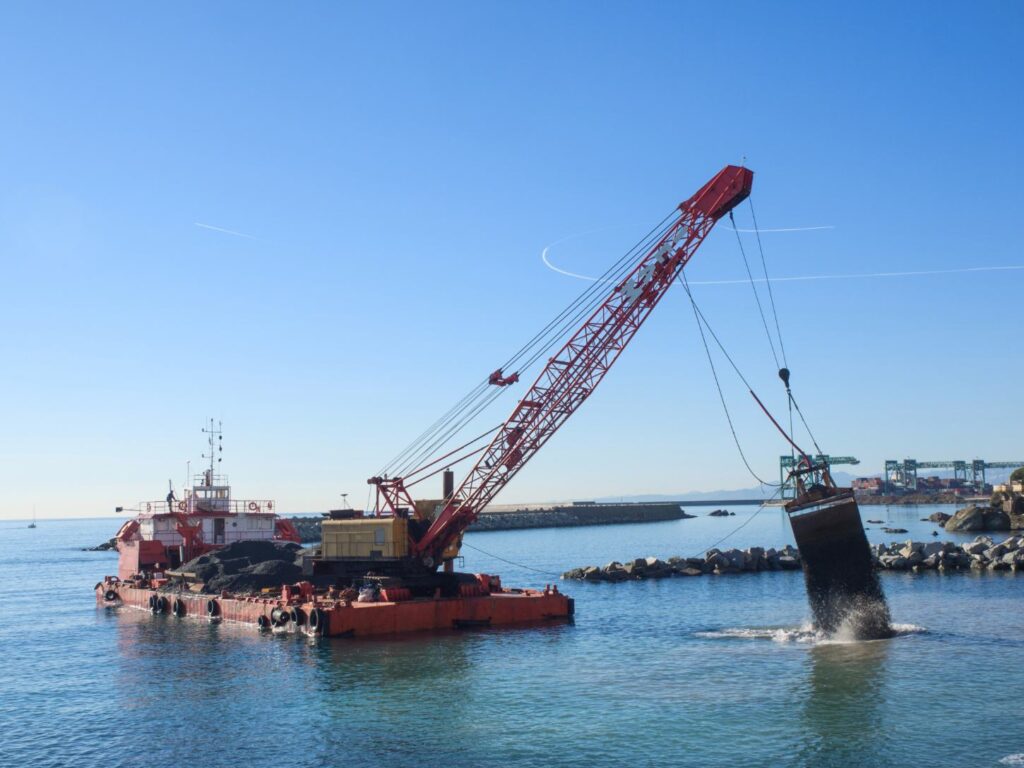
Deciding between renting and purchasing dredging equipment depends on several key factors, including project size, expected duration, available capital, and long-term business goals. For contractors handling frequent or large-scale dredging operations, purchasing may be more economical over time, especially if equipment will be used consistently across multiple projects. Ownership provides full control and long-term value, but it also requires substantial upfront investment and ongoing maintenance.
On the other hand, dredge rental is ideal for short-term, seasonal, or occasional projects where flexibility is critical. Rental helps avoid high capital expenditure, offers access to the latest equipment, and reduces the burden of storage, repair, and compliance. The predictability of dredge rental cost makes it easier to manage budgets and minimize financial risk.
Contractors working on smaller jobs—such as pond cleanouts or residential sediment removal—often benefit from pond dredge equipment rental, which provides specialized tools without the financial commitment of ownership. Ultimately, each contractor must assess their operational needs, financial resources, and long-term strategy to determine the most cost-effective and efficient option for their dredging activity.
Conclusion
Evaluating whether to rent or buy dredging equipment ultimately comes down to aligning project demands with financial and operational goals. While ownership may offer long-term value for high-frequency dredging, dredge rental provides flexibility, cost control, and access to modern technology without the burdens of maintenance and depreciation. For contractors dealing with shorter timelines, limited budgets, or specialized jobs, options like pond dredge equipment rental offer practical and scalable solutions. By carefully weighing the dredge rental cost against long-term business needs, contractors can optimize their resources and improve project outcomes.
